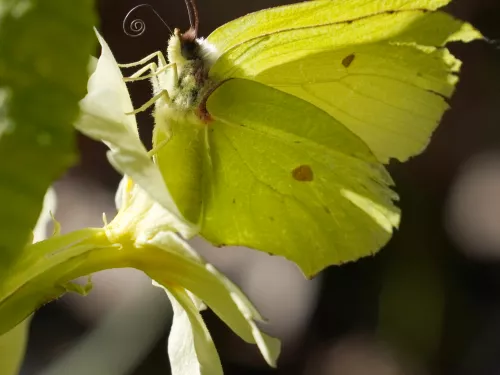
1. How did the butterfly get it's name?
It is commonly believed that the word "butterfly" is a derived from "butter-coloured fly" which is attributed to the yellow of the male Brimstone butterfly.
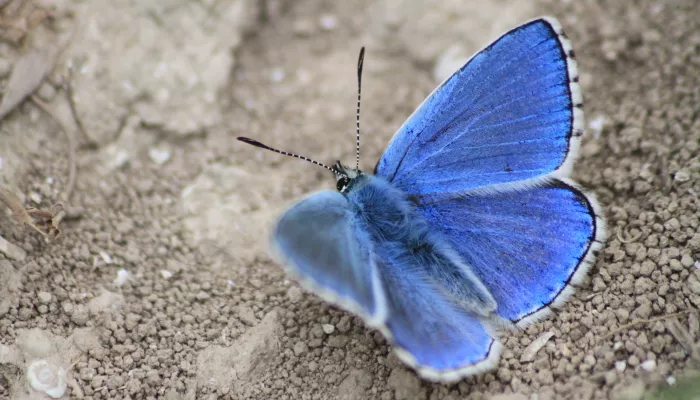

It is commonly believed that the word "butterfly" is a derived from "butter-coloured fly" which is attributed to the yellow of the male Brimstone butterfly.
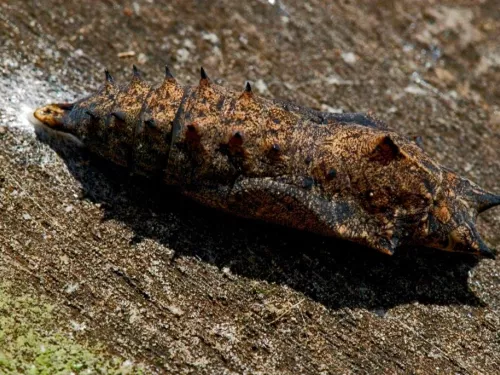
Egg, larva (caterpillars), pupa (chrysalis) and adult.

Buterflies can be seen in Egyptian frescoes at Thebes.

Antarctica is the only continent on which no Lepidoptera (an order of insects that comprises the butterflies and moths) have been found.
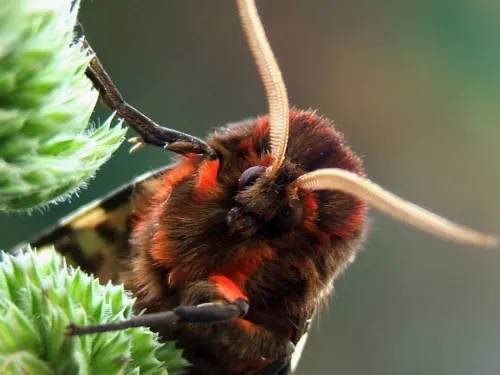
There are about 18,500 named species of butterflies. Moths are even more numerous - about 140,000 species of them were counted all over the world. The photo above shows a garden tiger moth.
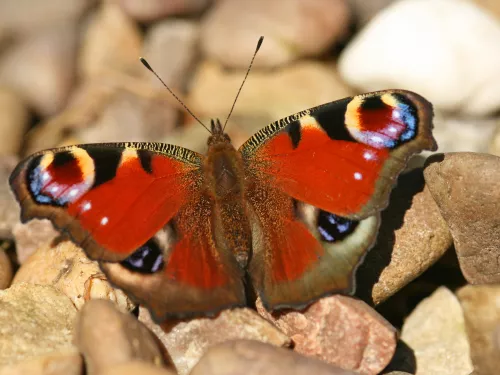
They will not fly if the temperature is below 10 degrees Celcius.
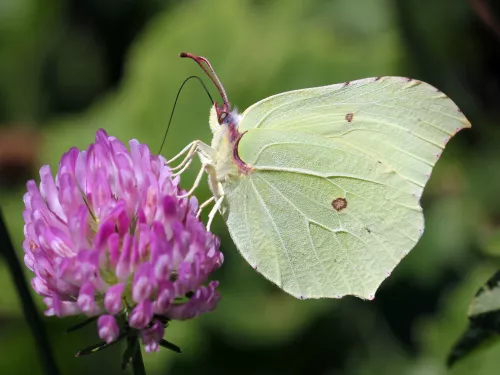
It's about 9 - 10 months - the longest of any adult butterfly!
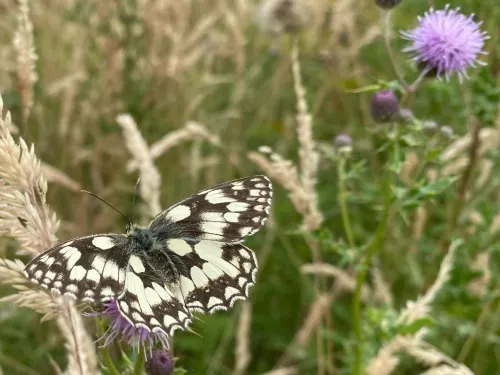
This protects the insect and keeps water inside their bodies so they don’t dry out.
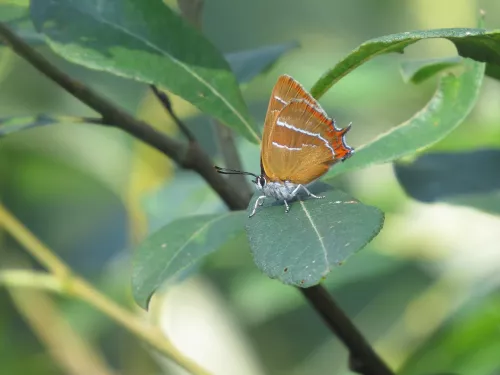
They do this to find out whether the leaf they sit on is good to lay eggs on to be their caterpillars' food or not.
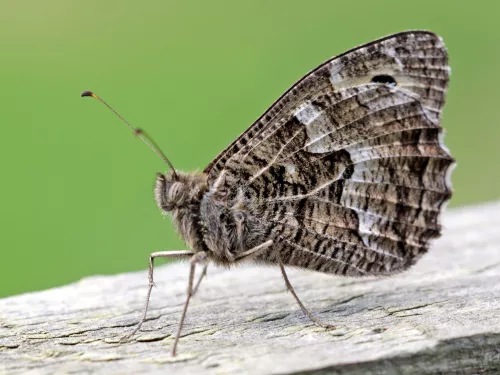
This is so its wings can full with blood and it can dry before flying for the first time.

There are half a dozen or more that visit us regularly from abroad, like the painted lady seen above, and which breed here in warm weather.
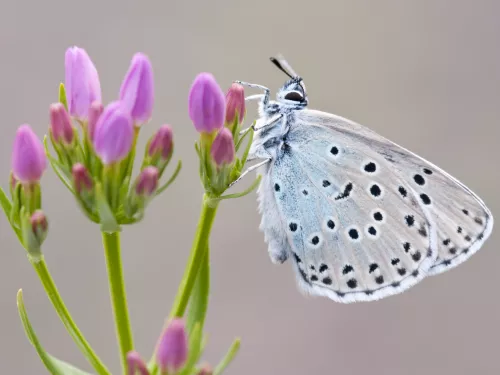
These are the large copper, mazarine blue, black-veined white, large blue and large tortoiseshell. The chequered skipper became extinct in England in 1976, but still survives in Scotland. The large blue has been successfully reintroduced using butterflies from Sweden.